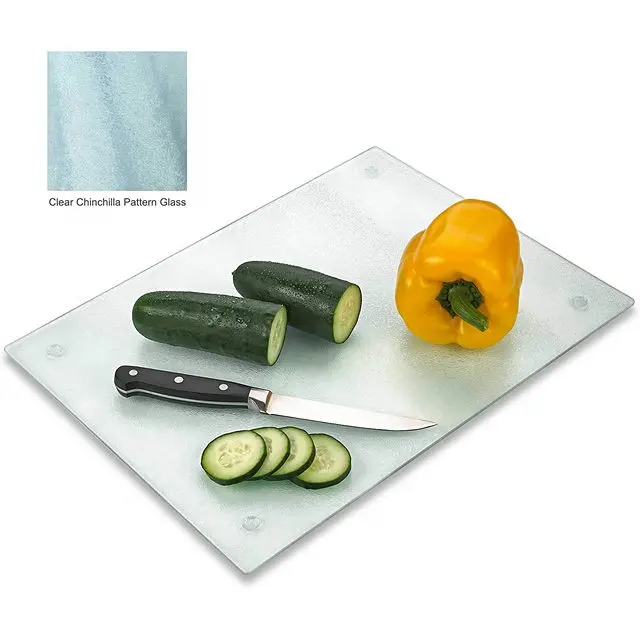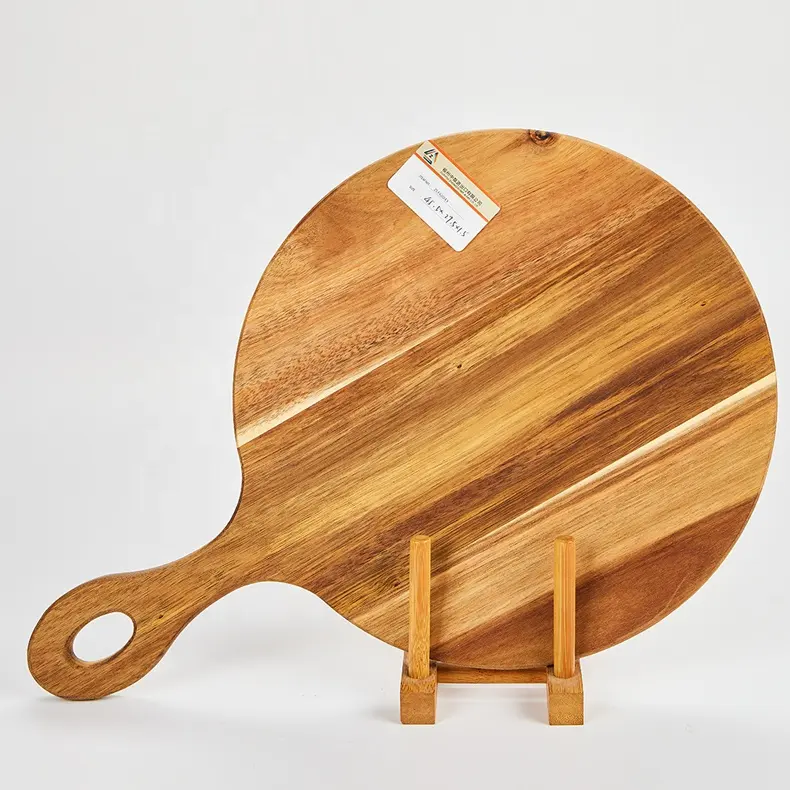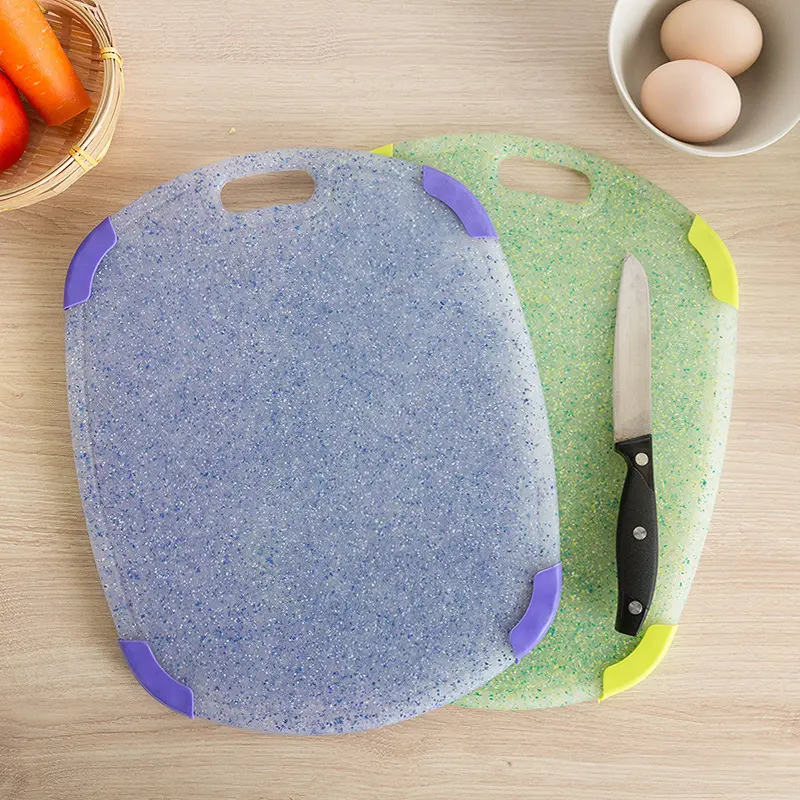Properly disinfecting plastic cutting boards is crucial to ensure a hygienic kitchen environment and prevent cross-contamination. Here’s a step-by-step guide on how to effectively disinfect plastic cutting boards:
- Wash with Hot, Soapy Water:
- After each use, wash the plastic cutting board with hot, soapy water. Use a brush or sponge to scrub the surface thoroughly, including the corners and edges.
- Rinse Thoroughly:
- Rinse the cutting board under running water to remove soap and any remaining food particles.
- Apply a Diluted Bleach Solution:
- Create a solution of 1 tablespoon of unscented bleach per gallon of water. Apply the solution to the cutting board using a clean cloth or sponge. Make sure to cover the entire surface.
- Let It Sit:
- Allow the bleach solution to sit on the cutting board for a few minutes. This contact time is essential for effective disinfection.
- Rinse Again:
- Rinse the cutting board thoroughly under running water to remove the bleach solution. Ensure that no residue remains.
- Air-Dry Completely:
- Allow the cutting board to air-dry completely before storing it. Avoid stacking wet cutting boards, as moisture can promote the growth of bacteria.
- Alternative Disinfectants:
- If you prefer not to use bleach, alternative disinfectants include hydrogen peroxide or white vinegar. Apply these substances in the same manner as the bleach solution, allowing sufficient contact time before rinsing.
- Use Lemon and Salt:
- For a natural disinfectant, cut a lemon in half and dip it in salt. Scrub the cutting board with the lemon halves, using the salt as an abrasive. Rinse thoroughly.
- Boiling Water:
- Some plastic cutting boards are safe to submerge in boiling water. Check the manufacturer’s instructions to confirm if this method is suitable for your specific cutting board.
- Dishwasher:
- If the plastic cutting board is dishwasher safe, you can run it through the dishwasher for a thorough cleaning and disinfection. Follow the manufacturer’s instructions regarding dishwasher use.
- Regular Maintenance:
- Periodically check the cutting board for signs of wear, deep cuts, or grooves. If it becomes excessively worn or difficult to clean, consider replacing it to maintain a safe kitchen environment.
Remember to follow the manufacturer’s care instructions for your specific plastic cutting board, as some boards may have limitations on certain disinfection methods. Regular and thorough cleaning, combined with proper disinfection, will help keep your plastic cutting boards free from harmful bacteria and ensure safe food preparation.

 55
55

